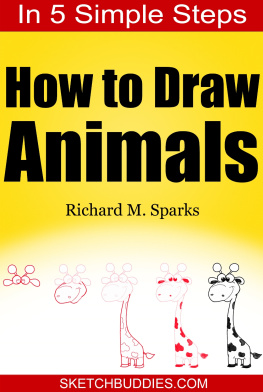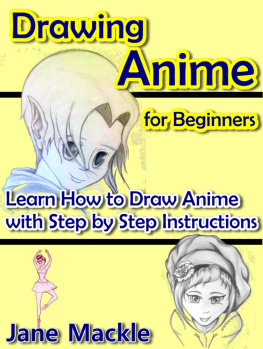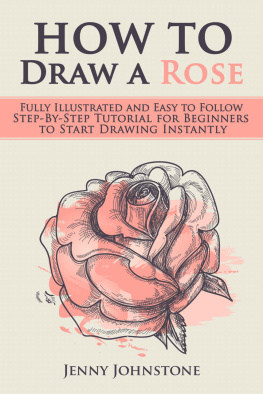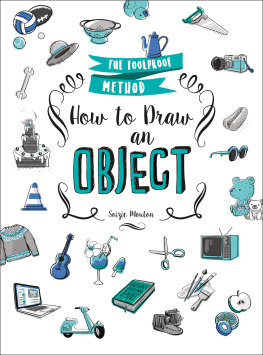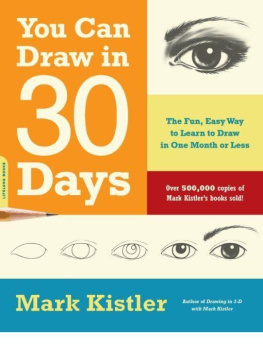Chapter 1 Introduction
'Drawing Tips For Beginners' is Book 4 in the "Teach Yourself To Draw" series. It contains some simple but exciting pencil drawing tips that follow on from previous basic instruction. Now you are ready to progress on to the next (wonderful) stage of creating interesting drawings.
In case you don't already know, I am a self-taught hobby artist and the following techniques helped me achieve my goal to draw with confidence. It is my privilege to have the opportunity to pass them on to you.

I don't profess to be an expert artist; in fact, I'm content to say I'm still learning. Drawing is a hobby that continuously offers challenges so it's pretty much a life adventure.

The images in this book are examples of my own work done at the time of practice, experimenting or when I was trying to do my best, so none are tidied up or made to look perfect. I make no excuses but I hope you're inspired to do better than this or at least see what is possible when you try.
On the upside, the fact that I am a mere hobby artist means I can introduce you to the real pleasure of drawing without overloading you with technical information or rules.

Believe me, I had a lot of crisis moments worrying if I should be writing books on this subject but I eventually decided that every single one of us knows something that we can share with someone else. Even if you learn only one little thing from these tips, it might just be the piece to the puzzle you were missing.
Before you start learning to draw, make sure you have the right mindset because your thought process does determine your success. If you're certain you'll never be able to draw, then I'm sad to say that's probably the way it will always be. You learned how to doubt yourself so why not learn how to believe in yourself? If you just try with patience and persistence, then your pencil will soon glide over the paper effortlessly. That might sound far-fetched but I promise it's true because I discovered it for myself.

I was never a confident person but I was very keen to learn to draw. I adopted the attitude to give it my best shot (what did I have to lose?) and I'm sure that helped tremendously. So yes, you really need to believe in yourself.

Another important thing I learned is not to waste time looking around for some kind of validation because if you don't have that inner belief to start with, you will never be convinced otherwise, no matter what kind of praise you receive.
It's only when you finally realize that you dont need anyone elses approval that all sorts of incredible things start to happen. So, focus only on what you want to achieve and you'll get there in quick time.

Ok, that's the pep talk over, let's move on...
The previous books in this "Teach Yourself To Draw" series are designed to help you create basic drawings (links are at the end of this book).
Once that instruction is absorbed, it's normal to be in a state of not knowing what to do next. How do you advance and improve from this point? The bridge from that uncertain place to one of knowing can be summed up with one word and that is --- practice. It sounds like a long road, doesn't it?

When I first started, the thought of practice represented a huge challenge, so I decided to look for ways to change the whole process into one of fun. It's so fortunate that we're not restricted to one rigid method to learn how to draw!
This tactic worked a treat so the following pages contain the many shortcuts that I feel propelled me along quickly. Simply by exploring and playing with these different ideas and suggestions, your improvement will be consistent, painless and totally enjoyable.

When you're finished here, you'll find the confidence to go on without being dependent on anyone. Confidence isn't about bragging how good you are, it's more about feeling optimistic and enthusiastic. Providing you actually practice some of these ideas, you will improve faster than you ever imagined.
A 2B wooden or mechanical pencil is used in most images in this book because 2B allows for dark or light lines (depending on pressure exerted) when needed. It's the most versatile grade of pencil and perfect for beginner artists. Whenever there is a different or additional pencil used in my drawings, that information is provided along with the relevant drawing.
Pen is a good choice when doodling because it's usually close at hand. I did the next drawing while on the phone one day.

More details on basic drawing materials can be found here:
http://www.allaboutdrawings.com/drawing-supplies.html
Discovering which is your favorite pencil and paper is a fun exercise that could take years. There's no hurry, generally any pencil and paper will do for most purposes.

Chapter 2 Finding The Zone
To draw productively, we need to access a certain part of the brain. I won't go into detail about the complexity of the human brain but what it basically means is the lesser-used right side of the brain is available to us for creative work. The dominating left side keeps us on our toes for most of the day and it's just not beneficial for drawing.
There are a few different ways to tune into the right side but I find the easiest is to draw with the hand you don't normally use . As soon as the analytical (left) brain detects awkward movement and can't work out what's going on, it hands over the task to the creative (right) side and you then become in "the zone".

Now, here's the tricky part... unless you're ambidextrous, it's going to be a struggle to hold onto the pencil let alone try to draw something! My advice is to grab the pencil as best as you can and immediately draw a line, any length, in any direction. Once you do that, a switch occurs over to the creative side and it so happens you're no longer bothered about how to hold the pencil. Your main focus becomes drawing and not your grip.

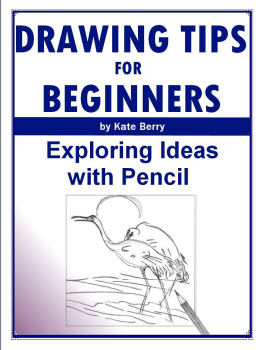

![Kamo - How to Draw Cute Doodles and Illustrations: A Step-by-Step Beginners Guide [With Over 1000 Illustrations]](/uploads/posts/book/438310/thumbs/kamo-how-to-draw-cute-doodles-and-illustrations.jpg)
